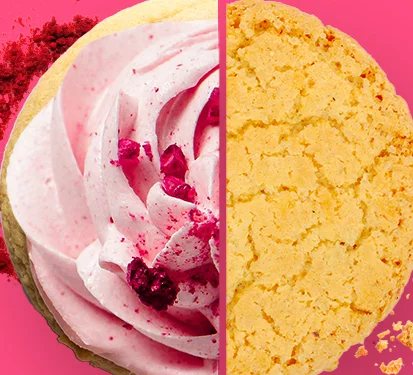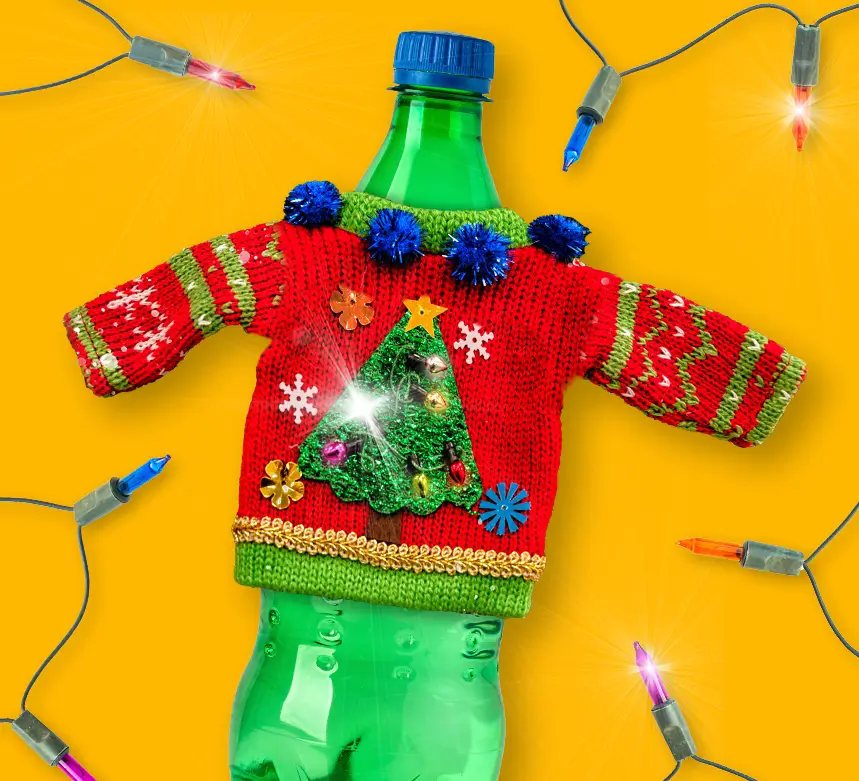The Duality of Modern Snacking: A Split Between Indulgence and Intentionality
Americans are snacking more than ever. Seventy-three percent report snacking daily, and 63% somewhat agree that snacks can be more satisfying than meals, according to Mintel snacking study. With the rising popularity of specialty food service offerings and the large variety of options available in grocery aisles, understanding how consumer decisions shift between planned and impulse purchases is becoming increasingly important.
Notable Snacking Attitudes and Trends
According to Mintel’s 2024 snacking motivations and attitudes report, snacking continues to be on the rise, however an overwhelming 83% of consumers agree or somewhat agree that snacks should be eaten in moderation. Other considerations also shape snacking choices. Some key statistics:
- 69% are trying to eat healthier, seeking better-for-you (BFY) snack options.
- 51% often stick with snacks they already know and like.
- 50% prioritize convenience when choosing snacks.
- 26% say snacks are too expensive and are watching their grocery budget.
These behaviors, combined with the rising demand for functional foods and more sustainable, ethical options, suggest a shift from impulsive snack purchases to more mindful and informed decisions.
The Study: Snacking In and Out of Home
A survey conducted by Advantage Unified Commerce among 961 participants who purchased snacks in the past six months revealed that, regardless of generation, consumers are willing to splurge on out-of-home snacking occasions. These moments often add variety and exploration to their more routine at-home snacking choices, leading to indulgent and higher-cost selections.
At Home: Intentional Choices Prevail
Survey participants ranked various purchase considerations for at-home snacking:
- 44% identified cost/price as highly important to their choice.
- 41% said satisfying a craving was the most important consideration.
- 18% prioritized healthier options, though 55% reported healthfulness as a low priority.
- 9% deemed flavor exploration as highly important, with 58% ranking it as low importance — suggesting that impulse purchases are declining.
Out-of-Home: A Variety of Choices
The growing number of quick-service restaurant (QSR) options provides consumers with opportunities to explore diverse and convenient treats. In the past six months, respondents made these popular out-of-home snack choices:
- 74% enjoyed specialty coffee drinks.
- 61% reported indulging in cold treats like ice cream, gelato, or custard.
- 60% favored cookies and cupcakes.
- 28% opted for fun drinks like bubble tea, smoothies, or specialty sodas.
Permissible Indulgence
The majority of consumers (62%) purchase out-of-home snacks as a way to “treat themselves.” Other motivators include:
- 38% enjoy trying new flavors, toppings, or add-ins.
- 32% make impulse purchases while driving by snack locations.
- 30% buy snacks as part of their routine when running errands.
Heightened Expectations
Consumers have high expectations for their out-of-home snack experiences, emphasizing:
- Convenience: 37% appreciate the no-prep, no-cleanup aspect.
- Seasonality: 30% enjoy seasonal or limited-time flavors (LTOs).
- Quality: 23% feel out-of-home snacks are of higher quality than at-home options.
Additionally, consumers are willing to pay more for these experiences. Among frequent out-of-home snackers. 71% expect to spend $5-$10+ per person. In contrast, 68% of frequent at-home snackers expect to spend less than $5 per person.
Marketing and Innovation Implications
Consumer Packaged Goods (CPG) companies and retailers can leverage these findings to better understand shifting snacking behaviors:
Price and Value
Younger consumers, who snack out of home most often, expect to pay $3–$5 for in-home snacks. This contrasts with frequent in-home snackers, who typically spend $1–3 per snack. This signals opportunities to offer premium snack options.
Premium and Indulgent Experiences
Consumers aged 50+ value satisfying cravings and indulgence at home, with nearly half ranking it as their most important reason to buy snacks.
Innovation and Customization
Shoppers aged 25–35 prioritize unique flavors and customization, with one-third ranking it as their top decision driver—higher than any other age group.
Convenience
Male consumers are twice as likely as women to choose a convenient, ready-to-eat snack at home, while women are more willing to sacrifice convenience for healthier choices.
Summary
These snacking behaviors provide an insightful roadmap for brands and retailers. Out-of-home occasions cater to a growing demand for variety, indulgence and convenience, particularly among younger consumers willing to spend more for premium experiences. Meanwhile, in-home trends reflect a more budget-conscious approach, emphasizing cost and familiarity revealing opportunities to deliver premium offerings tailored to those transitioning into life stages where at-home snacking becomes more frequent, while still appealing to older snackers through indulgent, satisfying options addressing needs for both the exploratory and habitual aspects of snacking.
The Science Behind Snacking Decisions
Through Advantage Unified Commerce’s proprietary Nudgenomics™ methodology, which examines how behavioral science shapes consumer decision-making, our research reveals distinct patterns in snacking behavior:
Anchoring
At-home snackers rely heavily on familiar price points (44% prioritize cost), making $5+ out-of-home treats feel premium by comparison.
Loss Aversion
62% view out-of-home snacks as “treating themselves,” showing how consumers fear missing out on special experiences.
Instant Gratification
Out-of-home environments tap into immediate reward seeking, with 37% choosing convenience over preparation.
Decision Paralysis
At home, 51% stick to familiar snacks, avoiding the overwhelming choice complexity of grocery aisles.
These Nudgenomics™ insights can provide brands with actionable strategies to influence consumer choice and optimize their snacking portfolio to meet consumers’ heightened expectations and positioning products to succeed in an increasingly competitive snacking landscape.
Ready to take your brand’s commerce practice to the next level with Nudgenomics™? Let’s talk.




